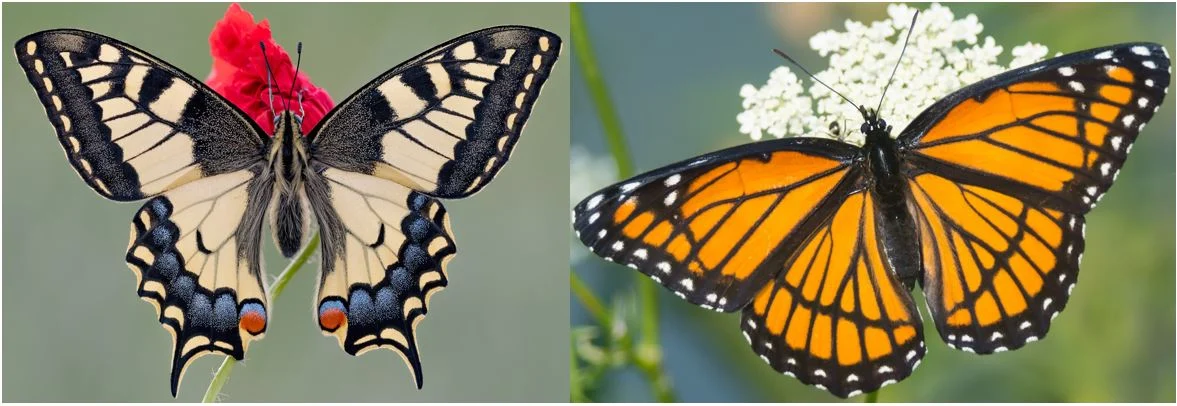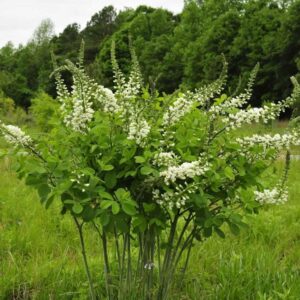New York is home to a rich diversity of butterfly species, and flashcards are an excellent way to learn more about them. Whether you’re a student, teacher, or butterfly enthusiast, butterflies of New York flashcards are a valuable educational tool. This guide will walk you through the various butterflies you can expect to see in New York, their unique characteristics, and how flashcards can help enhance your learning experience.
Why Learn About Butterflies Using Flashcards?
Flashcards offer a fun, interactive, and visually engaging way to learn about the butterflies of New York. Each flashcard typically contains a vivid image of the butterfly species on one side and crucial facts like their scientific names, habitats, and behaviors on the other side.
By consistently using flashcards, learners develop a more profound understanding of these species, recognizing their traits, life cycles, and the vital role they play in the ecosystem. Learning through visual aids such as flashcards has been scientifically proven to improve retention and recall.
Popular Butterfly Species Found in New York
New York hosts a wide array of butterfly species, from the commonly seen to the more elusive. Here are some notable butterflies you can discover:
1. Monarch Butterfly (Danaus plexippus)
One of the most recognized butterflies, the Monarch Butterfly, is famous for its bold orange and black wings. Monarchs are also known for their incredible migratory journey, traveling thousands of miles between North America and Mexico. Using Monarch Butterfly flashcards can help you identify different stages in its life cycle, including the caterpillar and chrysalis phases.
Monarchs prefer open habitats such as meadows, fields, and parks. In New York, they can often be seen feeding on milkweed, their host plant.
2. Eastern Tiger Swallowtail (Papilio glaucus)
The Eastern Tiger Swallowtail is another spectacular species commonly found across the state. Known for its striking yellow and black stripes, this butterfly is named after its “swallowtail” wing shape, which resembles the forked tails of swallows.
These butterflies thrive in various habitats, including gardens, woodlands, and urban parks. The use of flashcards can help learners differentiate between the male and female Eastern Tiger Swallowtail, as females tend to have more pronounced blue spots on their hindwings.
3. Red Admiral (Vanessa atalanta)
The Red Admiral Butterfly is a striking species known for its bold color pattern, combining black, orange, and white spots. This butterfly is highly adaptable and can be seen in urban environments, forests, and gardens throughout New York.
Flashcards featuring the Red Admiral provide an opportunity to learn about their migration habits and how they change their feeding preferences across the seasons. They often feast on nectar during warmer months and switch to tree sap and rotting fruit in the cooler seasons.
4. Cabbage White (Pieris rapae)
The Cabbage White Butterfly is one of the most commonly seen species in New York. While its plain white wings with black tips may not seem particularly eye-catching, this butterfly plays an important role in the state’s ecosystem.
These butterflies are often spotted fluttering around gardens, especially near cabbage and mustard plants, which serve as host plants for their caterpillars. Cabbage White flashcards are useful for identifying this species and understanding its life cycle, from egg to butterfly.
Benefits of Using Butterfly Flashcards for Learning
Flashcards are more than just simple study aids. They provide comprehensive learning benefits for students and hobbyists alike. Here’s how butterfly flashcards can be an essential resource for anyone looking to study the butterflies of New York:
1. Visual Learning Enhancement
Butterfly flashcards feature detailed and accurate images of each species. Visual learners benefit immensely from having a clear, high-quality representation of what they’re studying, which leads to better retention and understanding.
2. Easy Accessibility
One of the key advantages of using flashcards is their portability. Whether you’re in a classroom, a park, or at home, you can easily carry your deck of butterfly flashcards. This accessibility allows you to study at your own pace and revisit important facts whenever needed.
3. Encourages Active Recall
Flashcards encourage active recall, a crucial component of learning. When you flip a card and attempt to remember the facts associated with a butterfly species, your brain strengthens the neural pathways responsible for long-term memory retention.
4. Customization
Flashcards can be customized to focus on particular aspects of butterfly biology, such as their migration patterns, wing structures, or preferred habitats. You can create your own flashcards to suit your learning needs or purchase ready-made sets that cover the most important butterfly species in New York.
5. Interactive Learning
Using butterfly flashcards in a group setting or as part of a learning game can be a fun way to reinforce knowledge. Flashcard quizzes, group discussions, and memory games make learning more engaging and enjoyable.
How to Use Flashcards Effectively for Butterfly Identification
To get the most out of your butterfly flashcards, consider these best practices for effective learning:
1. Start Small and Build Up Knowledge
Begin with a small set of butterfly flashcards featuring the most common species, such as the Monarch or Cabbage White. As you become more familiar with these species, expand your deck to include more diverse butterflies.
2. Focus on One Attribute at a Time
Butterfly flashcards often include a wealth of information, from wing patterns to migration habits. When studying, focus on one attribute at a time. For example, spend one session identifying butterflies solely based on their wing markings and another session on their habitat preferences.
3. Quiz Yourself Regularly
Self-testing is an essential component of learning. Regularly quiz yourself using your flashcards to reinforce the knowledge you’ve acquired. The more frequently you practice, the better you’ll retain information.
4. Use Flashcards in the Field
Bring your butterfly flashcards with you on nature walks or trips to botanical gardens. Observing real-life butterflies while referencing your flashcards can help you solidify your knowledge and sharpen your identification skills.
Conclusion
Learning about the butterflies of New York using flashcards is a rewarding and engaging process. With species like the Monarch, Eastern Tiger Swallowtail, Red Admiral, and Cabbage White included in your flashcard collection, you’ll be able to identify a wide range of butterflies across the state.
Flashcards are not only a convenient learning tool but also offer long-lasting educational benefits. From visual learning enhancement to encouraging active recall, butterfly flashcards help ensure that learners of all ages can deepen their understanding of New York’s butterfly population.







Be First to Comment